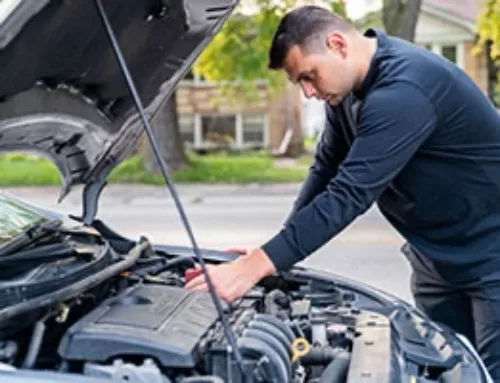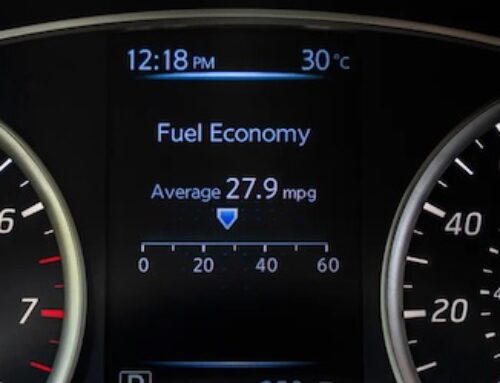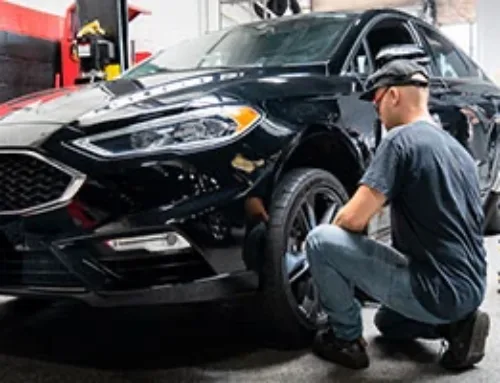Table of Contents
- Recognizing the signs of misaligned wheels
- What to do if you notice one of the misalignment signs?
- How much is the wheel alignment?
- How to choose the right shop that will perform the alignment?
- How wheel alignments are performed
- The importance of proper wheel alignment
- How to maintain your vehicle’s wheel alignment
- Why is wheel alignment that important?
- Frequently Asked Questions
Picture this: you’re driving down the highway, and you can’t help but notice that your car keeps pulling to one side, even on a straight road. You might be experiencing a common issue—wheel misalignment. But how do you know when it’s time to get a wheel alignment for your car? In this blog post, we’ll guide you through the “7 signs your car needs a wheel alignment” and share tips on choosing the right shop, the costs involved, and how to maintain your vehicle’s alignment to ensure a smooth and safe driving experience.
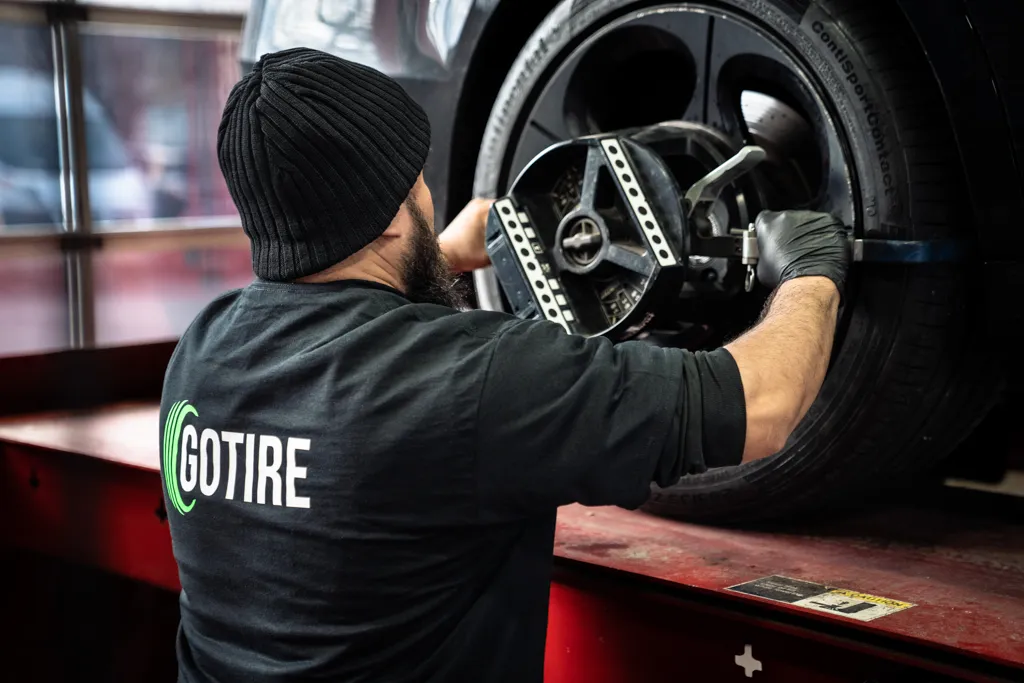
Short Summary
- Recognize signs of misaligned wheels such as a pulling steering wheel, uneven tire wear, off-center steering wheel, and squealing tires.
- Have your car inspected by a professional mechanic if you notice any signs of misalignment.
- Regular maintenance and mindful driving are key steps for improved safety, tire life, and fuel efficiency.
Recognizing the signs of misaligned wheels
Understanding the signs of misaligned wheels is crucial in preventing further damage to your vehicle and ensuring a comfortable driving experience. In this section, we’ll delve into the seven signs that indicate your wheels may be misaligned, including a steering wheel that pulls to one side, uneven or rapid tire wear, an off-center steering wheel, squealing tires, the replacement of suspension or steering parts, the installation of new tires, and a recent impact from potholes or bumps.
1. Сar pulling to one side

Have you ever noticed your steering wheel pulling to one side while driving on a straight road? This is a clear indication that your wheel alignment is off, causing your car to drift in one direction. Ignoring this sign can lead to uneven tire wear, reduced fuel efficiency, and potential safety issues, such as loose steering.
If you experience this, it’s essential to address the problem promptly and get your car’s alignment checked.
2. Uneven or rapid tire wear

Uneven or rapid tire wear is another sign that your wheels may be misaligned. If left unaddressed, the more worn tire will need replacing sooner than expected, costing you more money in the long run. To prevent uneven wear and maintain your car’s efficiency, it’s recommended to have your wheels realigned if you notice your car pulling to one side, even on a straight road.
Regular wheel alignment checks are an important part of car maintenance. Check out our handy Guide “How tire problems indicate car trouble” to learn more.
3. Off-center steering wheel

An off-center steering wheel is a clear indication that your wheels may be misaligned. To identify this issue, observe if the logo in the middle of your steering wheel is centered while you’re moving straight on an even road surface. If you have power steering, it should be easy to notice any misalignment, including a loose steering wheel.
4. Squealing tires

Do you hear a squealing sound coming from your tires while driving? This could be an indication of wheel misalignment. Squealing tires can be caused by several factors, such as rough acceleration, faulty or worn-out bearings or axles, misalignment or worn suspension parts, and inadequate routine maintenance.
5. Suspension or steering parts have been replaced
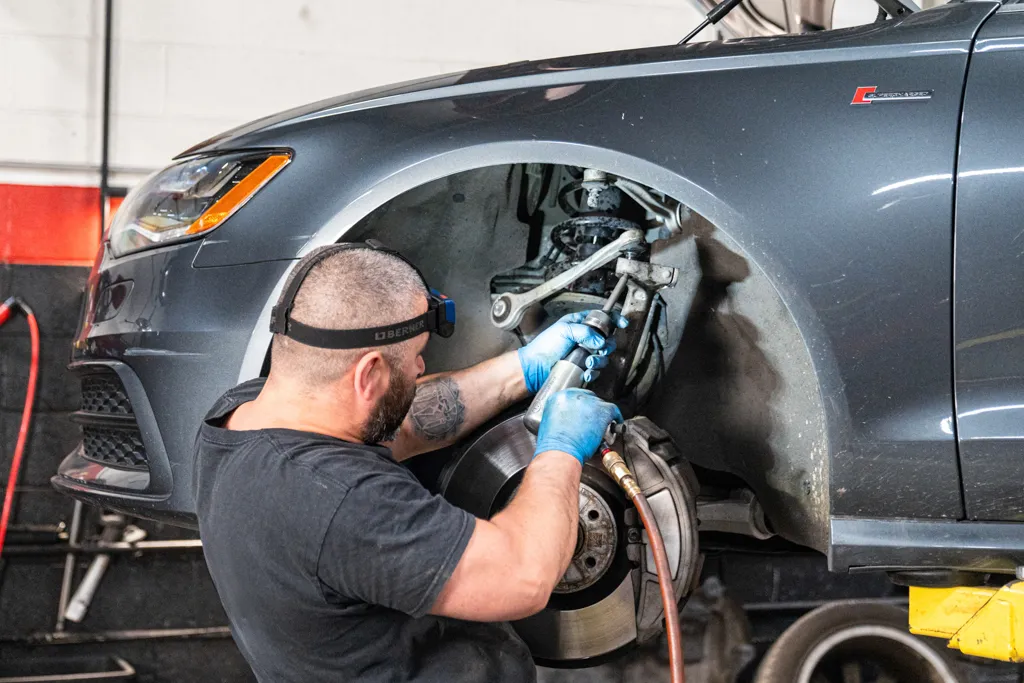
If you’ve recently had suspension or steering parts replaced, it’s crucial to check your wheel alignment as well. Failure to do so can result in uneven tire wear, poor handling, and decreased fuel efficiency.
6. New tires have just been installed

Installing new tires is an opportune moment to check and adjust wheel alignment and tire alignment. Ensuring your new tires are correctly aligned with your car’s suspension and steering components will help maintain their longevity and prevent uneven wear.
7. Recent impact of potholes or bumps

Recent impacts with potholes or bumps can lead to wheel misalignment, affecting your vehicle’s performance and safety. If you’ve recently encountered such road hazards, get your car inspected ASAP.
What to do if you notice one of the misalignment signs?
If you notice any of the signs you need mentioned above, it’s essential to take action promptly. Have your vehicle inspected by a professional mechanic who can accurately diagnose the issue and provide the appropriate solution. Ignoring these warning signs can exacerbate tire and car damage, decrease fuel efficiency, and reduce tire longevity.
So don’t delay—address any wheel alignment concerns as soon as you notice them!
How much is the wheel alignment?

A wheel alignment typically costs between $100 and $300 for all four tires. Factors influencing the cost include the vehicle type, alignment type, shop location, and equipment used.
While it might seem like an added expense, remember that proper wheel alignment can save you money in the long run by improving fuel efficiency and extending tire life.
How to choose the right shop that will perform the alignment?
When choosing the right shop for wheel alignment, consider factors like the technicians’ experience level, pricing, proximity, reputation, and the shop’s capacity to accurately diagnose your vehicle. Don’t base your decision solely on price; take the time to research the shop’s reputation, read reviews, and ask for recommendations from friends and family. And when you’ve chosen one, make sure the shop is equipped with the necessary tools and has qualified technicians to perform the wheel alignment.
How wheel alignments are performed
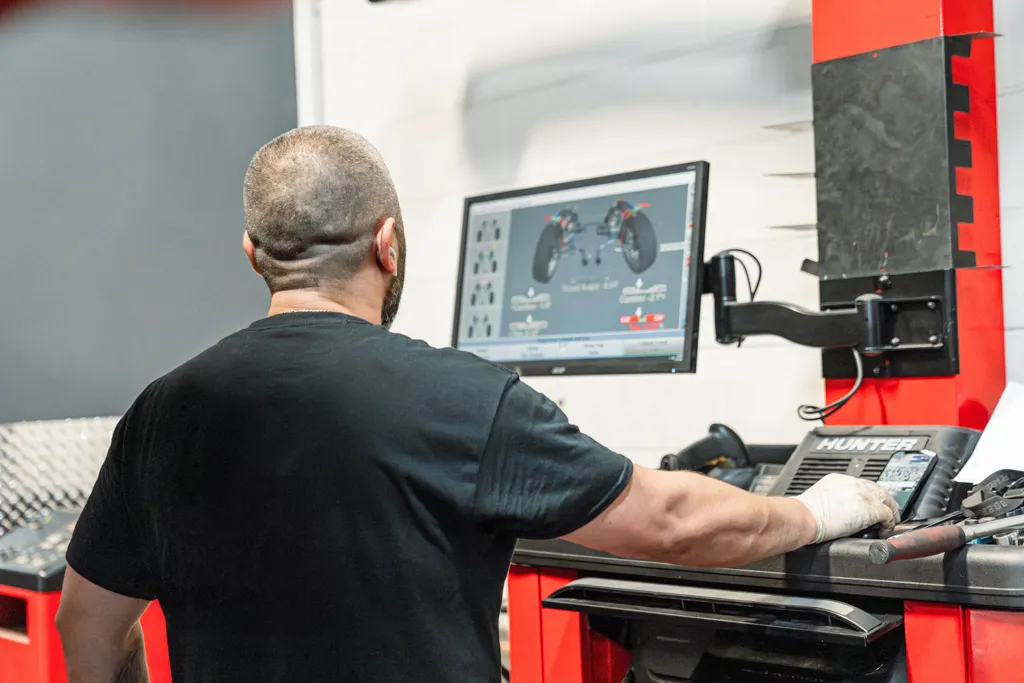
ASE-certified technicians perform wheel alignments. They conduct a free wheel alignment diagnostic and visually inspect the suspension and steering systems, tire wear, and a test drive. Using laser technology and cameras, the technician identifies any affected wheel alignment angles and compares these measurements to the ideal recommendations from the vehicle manufacturer.
Upon your approval, the technician re-aligns the wheels to their optimal form for your vehicle to drive smoothly and safely.
The importance of proper wheel alignment
Proper wheel alignment is crucial for your vehicle’s safety, fuel efficiency, and tire life.
Safety concerns
By maintaining proper wheel alignment, you’re ensuring a smoother driving experience and enhancing the safety of both the driver and passengers. Poor wheel alignment can lead to uneven tire wear, decreased fuel efficiency, and reduced handling of the vehicle, increasing the risk of accidents and premature tire failure.
Fuel efficiency
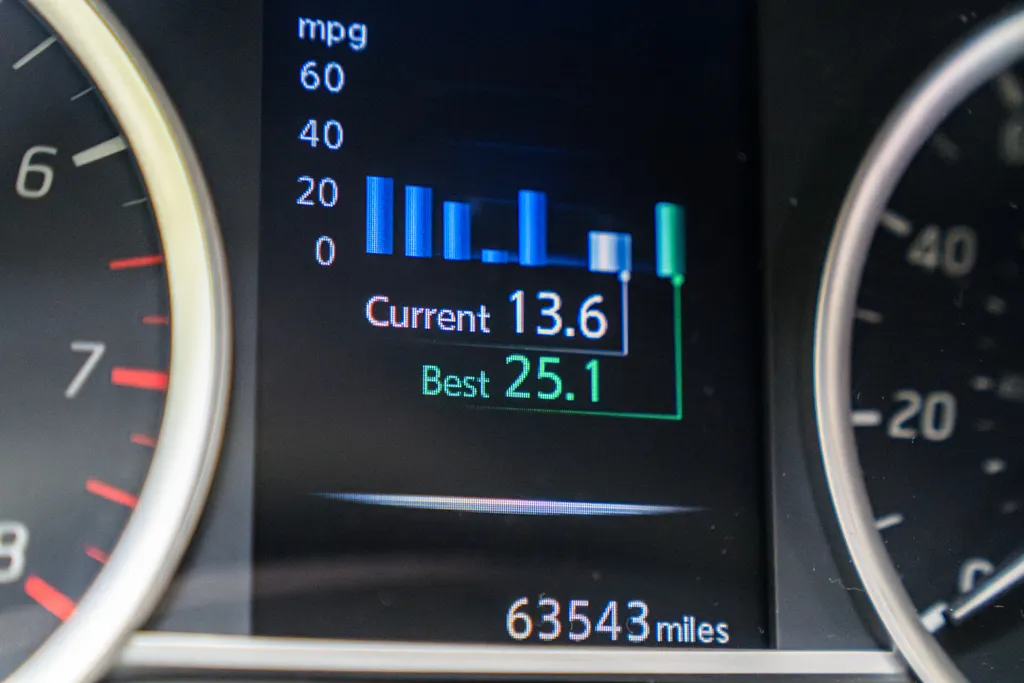
Proper wheel alignment plays a significant role in your vehicle’s fuel efficiency. Misaligned tires can cause your car to work harder and consume more fuel, reducing gas mileage by up to 10%.
Tire life extension
Correct wheel alignment can improve tire performance and reduce uneven wear, thereby extending tire life. Regular wheel alignment checks can ensure that your tires wear evenly, optimizing their longevity and saving you money by avoiding premature tire replacement.
Moreover, proper wheel alignment can lead to improved fuel economy and a safer ride.
How to maintain your vehicle’s wheel alignment
Regular inspections

Regular inspections for the wheel alignment are key to maintaining your vehicle’s performance and safety. It’s recommended to have your wheels aligned every two to three years, even if you don’t notice any signs of misalignment. When your tires are properly aligned, their lifespan is extended, and you save cash on premature tire replacement and decreased gas usage.
Mindful driving
Practicing mindful driving also prevents wheel misalignment caused by road hazards and other factors. Adhere to the speed limit, avoid sudden stops and turns, and always be aware of the road surface!
Timely repairs
Timely repairs will help you avoid problems in the future. If you notice any signs of misalignment that we’ve listed in this Guide, have your car evaluated by a professional immediately.
Why is wheel alignment that important?
Because it’s an essential part of your driving safety! Do not ignore timely wheel alignments! It is an absolutely essential part of your car’s maintenance. Choose the right shop for regular inspections, practice mindful driving, and always keep an eye on your car’s performance.
Frequently Asked Questions
What are the symptoms of needing an alignment?
Uneven tire wear, your car pulling to one side, and a misaligned steering wheel—are the most common signs of misaligned wheels. If you notice them, take your car to the mechanic immediately.
When should I need an alignment?
Getting your wheels aligned twice a year or every other oil change is recommended as part of your basic auto maintenance. You likely need an alignment if you notice your car drifting to one side or the steering wheel is misaligned.
What does a bad alignment sound like?
Squeaking, squealing, creaking, or knocking sounds coming from under the car are indicative of bad wheel alignment. These sounds occur when the tires are being dragged on the road rather than rolling normally.
What is wheel alignment, and why is it important?
Wheel alignment is an important process of adjusting the angles of the wheels to be perpendicular to the ground and parallel to each other, ensuring safety, improved fuel efficiency, and extended tire life.
Proper wheel alignment is essential for a safe and comfortable ride. It helps to reduce tire wear, improve fuel efficiency, and increase the life of your tires. It also helps to improve the handling of your vehicle, making it easier to control.
How can I maintain my vehicle’s wheel alignment?
Regularly inspect your vehicle, drive mindfully, and make necessary repairs to maintain proper wheel alignment.




